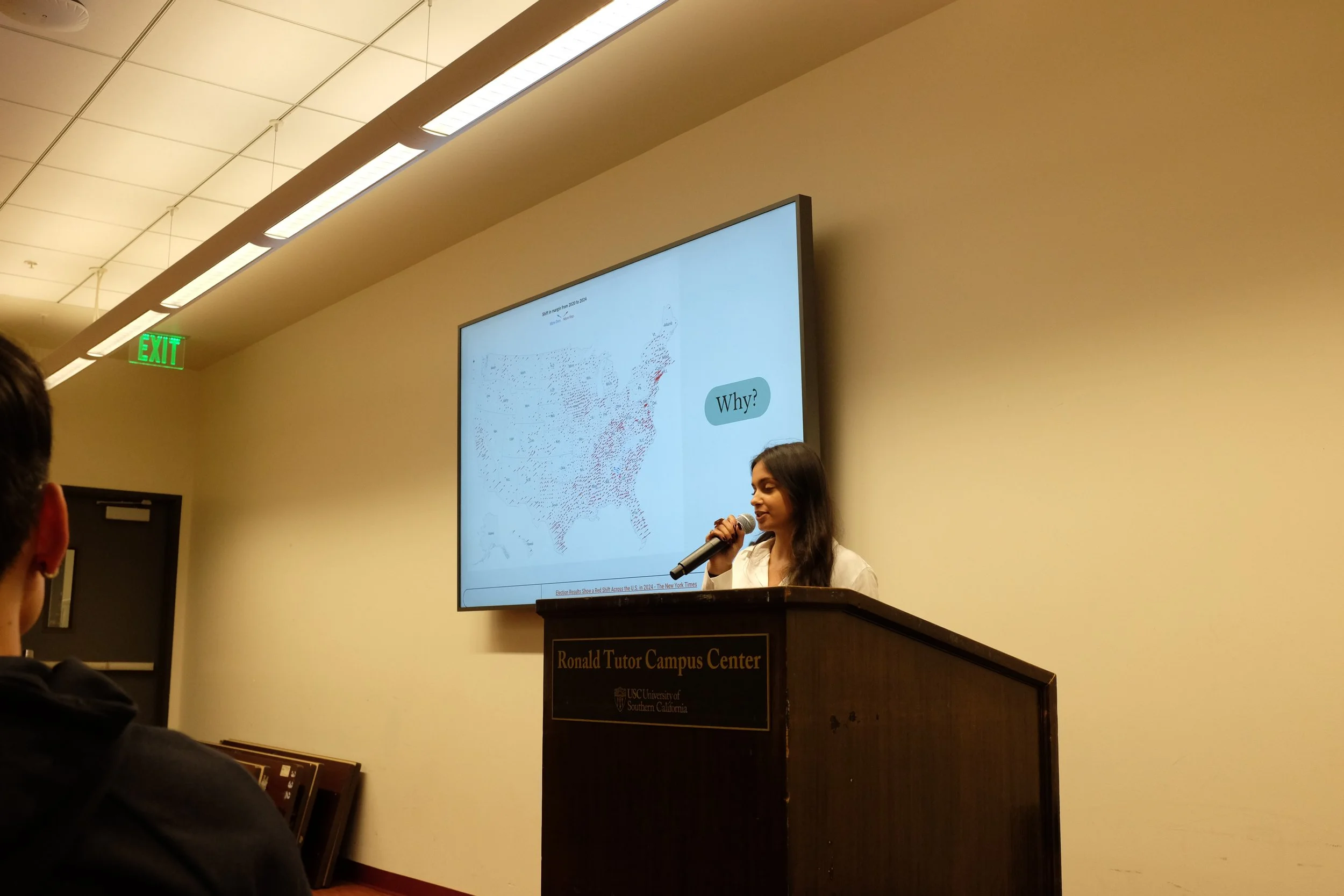We Cannot Keep Our Heads Down Anymore
By APASA Intern Anahita Saxena
According to American racial scholar Ta-Nehisi Coates, “Race is the child of racism, not the father.” If there was no need for the existence of racism, there would not be the construct of race. This debilitating construct has divided America’s racial groups, resulting in a regressive lack of solidarity between racial groups.
AJ Mada, the Equity Coaching Academy Director at the USC Race and Equity Center and a doctoral student at Rossier, says that “Western Europeans came across to the Americas and interacted with the indigenous communities of the Americas and brought over with them enslaved Africans. They realized very quickly that they were outnumbered and that they needed to create some level of hierarchy to distinguish themselves for a method of protection.”
Thus, a racial hierarchy was embedded into American society in order to instill divide which ensures consistent white supremacy. In every system of oppression, those at the top create systems preventing the banding together of lower classes to prevent revolutionizing. This white supremacy is pervasive and ingrained in the American system, from increasingly censored education to the 13th Amendment and the War on Drugs. Consequently, all Americans, to some degree, develop a mentality of white supremacy.
Asian Americans are the fastest growing ethnic group in America, with a current population of 22 million, estimated to reach 46 million by 2060. We are growing increasingly influential in American society. We are the richest racial group in America, with a median wealth $70,500 more than White Americans as of 2021. We are the CEO’s of multiple Fortune 500’s, hold governmental offices, and are growing in pop culture. But what defines an Asian American?
Leading scholars on Asian American voting Karthick Ramakrishnan and Janelle Wong define “Asian American” as a social construct “rooted in the exclusion of Asian immigrants from Whiteness as a qualification for US citizenship.”
Asian Americans are not a geographical identity but rather a social one, as the term Asian American does not include countries like Iran, Yemen, Jordan, and many more. Instead, this label comprises around 20 origin groups from what was historically titled the Asiatic Barred Zone — a region from which immigration to the United States was restricted by the Immigration Act of 1917.
Asian Americans, however, are not a monolith. It can be minimizing to subject such a varied group, from socio-economic status to racial identity, to one term. But in a society that creates racial monoliths, it is worth discussing the expectations of identity that impact those within that forced monolith.
Ramakrishnan and Wong reflect on the “racial prism” of the United States, where Asian Americans “have been subjected to discriminatory exclusions but also immunized from [anti-blackness].… Which is to say, even the worst off Asians—those burdened by refugee status, lack of citizenship, poverty, language barriers, and more—enjoy the boon of being not Black in an anti-Black society.” However, Asian Americans are still oppressed by stereotypes in American society, such as the “model minority myth”.
Mada says, “the notion of the model minority myth is white Americans using Asian Americans as this example to other communities of color, saying, ‘well, why can't you be like that?”. This uncalled-for comparison pits people of color against each other. It implements biases in our communities that view each other as competition rather than resources for solidarity.
These biases are rooted in internalized racist norms instilled and practiced within different facets of the Asian American community. Mada says, due to the often outdoor laboring that the working class in Asian countries do, “a lot of the anti-blackness comes from just an ingrained cultural phenomenon that happens in Asian countries that being darker usually means you are of a lower socioeconomic status, thus equating that to anti-blackness.”
The Immigration and Nationality Act of 1965 abolished the National Origins formula that promoted immigration from Western Europe and minimized immigration from Asia and South America. It would not have been implemented if it weren’t for the work of Black civil rights leaders. Without them, we simply would not be in America in the number that we are.
It is time to have the difficult conversations. Mada says, “if we take a very difficult look in the mirror and look at ourselves, our own communities, and the impacts that we have played towards anti-black racism, then maybe we can start to make a change.” We are living in a country that is becoming increasingly intolerant of the rights of marginalized groups. It is now that we must come together and stand with each other.
As Asian Americans, we must utilize our position of unique privilege to uplift others. We cannot uplift politicians like Vivek Ramaswamy or marry people like JD Vance. We cannot come to this country for our own economic gain and then neglect to pay taxes that support the communities that fought for our right to be here. We cannot keep our heads down anymore. We have established our place in this country and we must call for change, however uncomfortable it may be.

